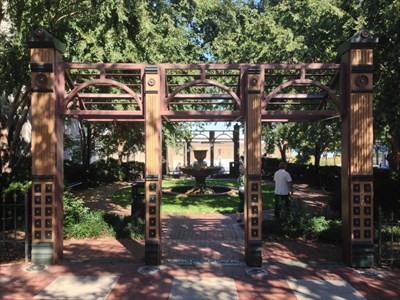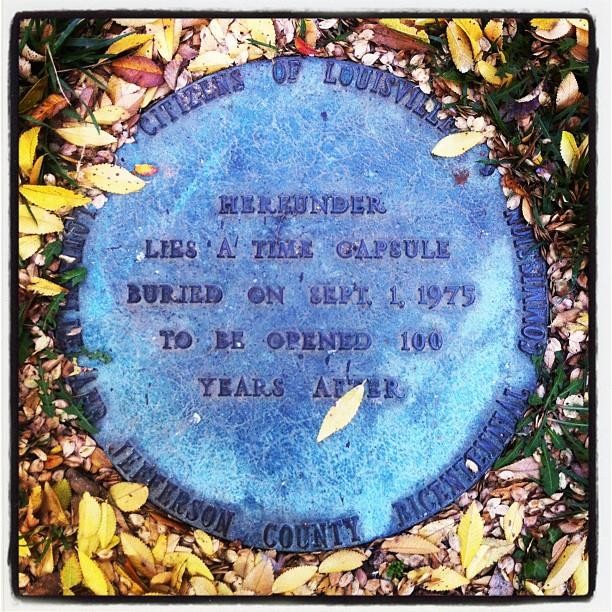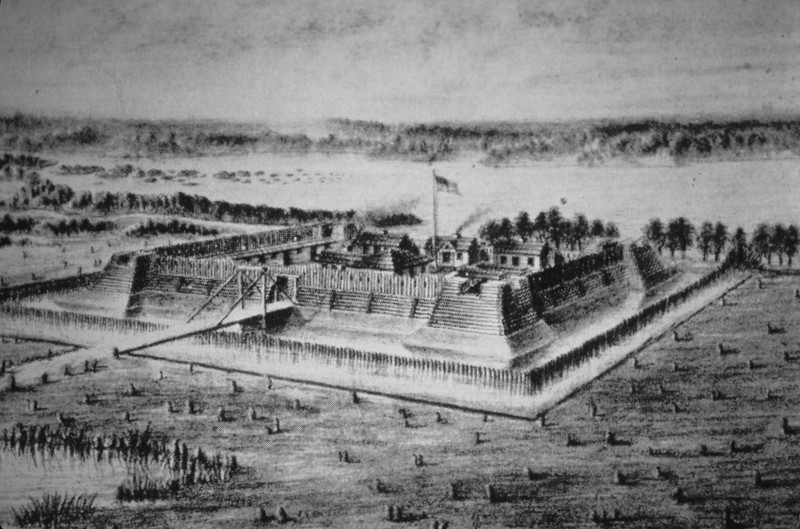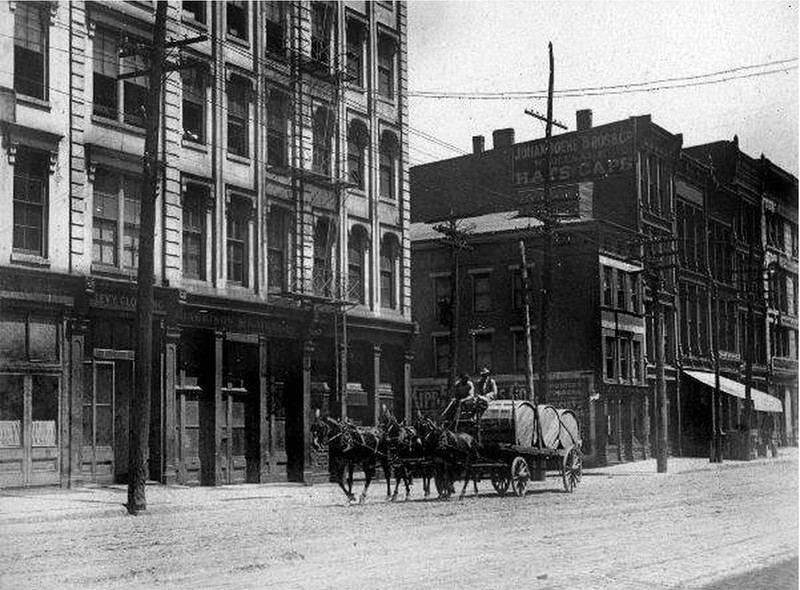Fort Nelson Park
Introduction
Text-to-speech Audio
Images
Fort Nelson Park

A time capsule, buried on September 1st, 1975 to be opened 100 years later.

Fort Nelson - Note on slide: Sketch by Col. Durrett Filson Club 1885, 1782

The area that is now home to Fort Nelson Park in 1907

Backstory and Context
Text-to-speech Audio
Built in 1781 by Richard Chenoweth, Fort Nelson was the second on-shore fort built along the Ohio River. The first fort, Fort-on-Shore, was built in 1778. Within three years, however, the military considered the fort insufficient and required a new fort, leading them to build Fort Nelson.
The park includes a few other interesting pieces of history. In one corner is a plaque that commemorates the founding of the town Louisville. Elsewhere visitors may stumble upon the plaque above a buried time capsule. The capsule was buried in 1975 with instructions to open it in 100 years.
Cite This Entry
Leadingham, Christopher et. al. "Fort Nelson Park ." Clio: Your Guide to History. March 27, 2021. Accessed April 14, 2025. https://theclio.com/entry/18383
Sources
Klayko, Brandon. There used to be a fort at Fort Nelson Park: The complete history of West Main Street’s pocket park, Broken Sidewalk. February 23rd 2015. Accessed March 27th 2021. https://brokensidewalk.com/2015/fort-nelson-park-history/.
University of Louisville Photo Archives

